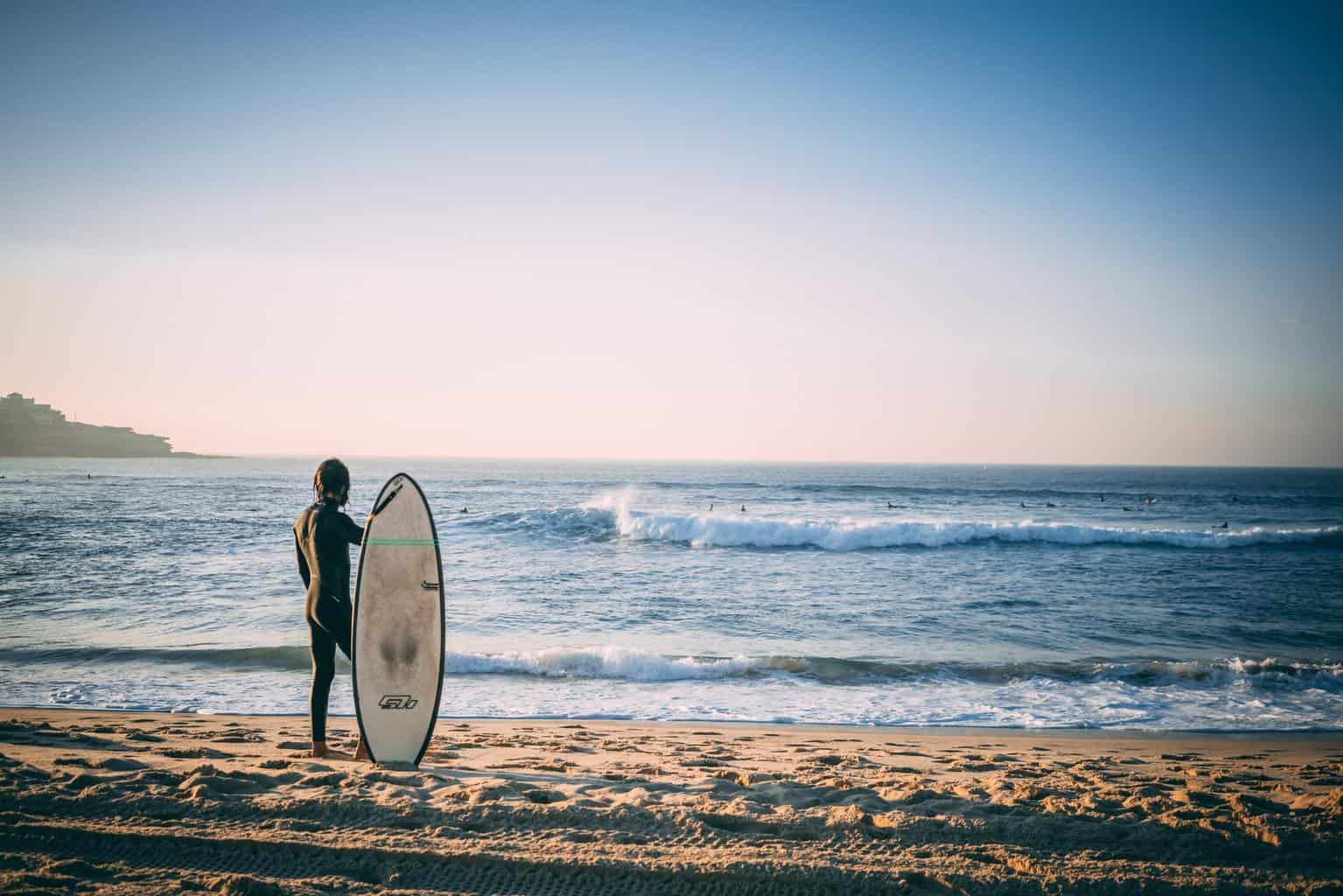Australia, a well-known surfer’s paradise that any avid surfer would have come across.
Cold waters, perfect lines, and a culture unlike any other.
Although surfing is dangerous in just about any conditions, you may be planning your first trip to this surfing Mecca and wondering: is surfing in Australia dangerous?
Surfing in Australia is no more dangerous than surfing in most places in the world. Many of the threats remain the same, such as downing, the ocean floor, and leash tangles.
However, some risks are highlighted in Down Under such as currents, locals, and sea life.
Let’s take a deeper look at the dangers of surfing in Australia, how to stay safe from them, and which beaches pose the highest risks.
- The 4 Biggest Dangers of Surfing in Australia
- The Most Dangerous Beaches in Australia
- Conclusion
- You Might Also Like…
Disclosure: this post contains affiliate links (clearly marked with ), which means we may earn a commission if you buy something through them, at no additional cost to you.
The 4 Biggest Dangers of Surfing in Australia
Learning to surf can be hard, but learning the ocean can be even tougher.
When planning on surfing in a new location it is not enough to know the general dangers of surfing.
When surfing in Australia, dangers such as rip currents, jellyfish, local surfers, and sharks should be paid extra attention to.
Not to mention the bone-crushing break you will find around the coast.
1. Rip Currents in Australia
When reading about surfing online or talking to a local sea goer, you will come across the warning of rip currents time and time again.
Although it may seem tedious to constantly hear about them, there is a reason that they are a common denominator when talking about the dangers of surfing.
According to Surf Life Saving, an Australian ocean awareness and safety campaign, most Australians do not know how to spot a rip current, and 2 out of 3 that think they can are incorrect.
Research released by SLSA reported that 4.2 million Australians, aged 16-69, have at least once in their lives been caught in a rip current. That is an astounding 25% of the population (1 in every 4 people).
Ironically, only 16% of rip current related drownings in Australia are international visitors.
Shane Daw ESM, National Risk and Coastal Safety Manager at Surf Life Saving Australia, believes this comes down to the arrogance of local ocean goers.
This highlights the importance of observing the ocean before entering it.
The following video was released by the SLSA to explain what a rip current is, how it forms, and how to spot it:
Interestingly enough, the danger that rip currents pose to swimmers is often taken advantage of by surfers.
When watching the above video you will notice how two very important things happen in a rip current:
- The current pulls out to the back of the breaking waves.
- Waves do not break or break a lot less within the rip.
Taking advantage of this when surfing can save you loads of energy as you will not need to paddle hard to beat oncoming waves and big breaking sets.
Of course, this should only be used when you understand how the rip is working.
You do not want to be caught in a feeder rip that pulls you onto the rocks or 2 kilometers across the beach.
How to Spot a Rip Current
With a trained eye, you will eventually understand the ocean well enough to spot a rip current from a mile away.
However, while still new to surfing you can use the following signs to help spot a rip current:
- Deeper, darker colored water.
- Fewer breaking waves.
- Rippled or broken water surrounded by smooth or flat water.
- Any foam, debris, or sandy water floating out beyond the last line of waves.
How to Stay Safe From Rip Currents in Australia
Of course, as mentioned above, once you understand a rip current you may purposely position yourself in it to take advantage of the ocean’s pull.
However, if you find yourself being pulled out to sea unexpectedly by a rip current, there are a few things to remember:
1. Stay calm. Remember that your surfboard floats. It may seem scary at first, but the current will not pull you into the middle of the ocean.
2. Paddle across the rip. If you paddle towards the white water, the breaking waves will help you make your way back to the shore.
3. Never paddle against the current. You can not beat mother nature and will simply run out of energy.
4. Ask for help if you feel panicked or confused about what to do. There will always be more experienced surfers in the water to help you out.
You may be called stupid once you are safe, but it is better to take that as a lesson than keep your mouth shut and find yourself stuck at the back of the waves with no energy to get back.
2. Jellyfish in Australia
No one wants to be stung by anything, especially a jellyfish.
Getting stung by a jelly while surfing can be anything from uncomfortable to life-threatening.
Although in most places in the world a sting from a jellyfish will not be fatal, Australian jellies are very different.
You have likely heard someone say “everything in Australia wants to kill you”.
This statement is usually talking about spiders, snakes, crocs, and other land animals. However, it remains true when looking at the ocean.
Jellyfish to look out for when planning a surf at an Australian beach include the Box Jellyfish, Irukandji jellies, and Blue Bottles.
Box Jellyfish
The infamous Box Jellyfish is known to have one of the most venomous stings in the world.
Growing up to 10 feet long, a sting from this sea creature contains toxins that attack the heart, nervous system, and skin cells.
A sting from a box jelly is said to be overwhelmingly painful and often results in victims drowning through shock or heart failure before reaching the shore.
Also called sea wasp and marine stingers, these jellyfish are usually found in the waters of Northern Australia and throughout the Indo-Pacific.
Box Jellies can be found year-round in Australia, but are most common in warmer summer months between November and May.
According to National Geographic, the Box Jellyfish is the most toxic animal on Earth.
Irukandji Jellyfish
The Irukandji is technically also a box jellyfish, however, it is more of a miniature cousin.
Having a belly the size of only 3 cm, these jellies can pack a potentially fatal punch with their meter long tentacles.
The reason, besides their venom, that these small sea creatures are so dangerous is because they are near impossible to see.
Completely clear and miniature, it is likely that you will not spot them when in the water.
Jellyfish researcher Dr. Lisa Greshwin says:
“I always cringe when people say to me ‘I know what to look for’. The fact you think you do frightens me”.
Blue Bottles
Known as a Man-Of-War in other parts of the world, the Blue Bottle is a smaller, less venomous cousin to the Portuguese Man-Of-War.
These floating bubbles have long stingers, that when wrapped around you can cause significant pain.
Although they are not jellyfish, Blue Bottles will sting just the same.
Not being life-threatening, they are of course a smaller risk to that of the Box Jellyfish.
However, they will certainly ruin your surf and leave you with a harsh burning sensation.
Staying Safe from Jellyfish in Australia
In most Jellyfish prone surf destinations of the world, such as when surfing in Florida, simply covering up with a full-length wetsuit, a hood, gloves, and booties can be enough to protect you from Jellyfish.
However, because of the deadly stings that Australian jellies can bring, this is not enough.
It is also not enough to look out for jellyfish in the water because you will not see them.
What you need to do is lookout for the conditions and warning signs that make it likely they will be around.
These signs include:
- Jellyfish bodies on the sand. Keep an eye out for small pieces of jelly along the beach. They are likely not to be the full jelly, but small pieces that look almost like drops of water.
- Flat, calm weather with a slight northerly breeze.
- Groups of prawns moving like a school of fish close to the shore. These form the perfect feeding conditions for Box Jellyfish.
- A lot of Sea Lice stings could also be a warning sign that there are Irukandji in the water.
This is not the time to be a hero, as the venom is quick-acting and you will most likely need assistance to get back to the beach.
3. Local Surfers in Australia
Respecting the locals is always part of good surfing etiquette, and locals have been known to be aggressive in most parts of the world.
However, Australian locals take ownership of their waves to another level.
Surfing has always been tightly linked with aggression in Australia.
Coming from surf gangs such as the Bra Boys, who are infamous in “Aus” for their protection of the neighborhoods and surf culture (you can watch the full documentary here).
Ranging to conflict between longboarders and short boarders, as well as aggression towards surf journalists for giving away the locations of “secret spots”.
The aggression in these southern waters has not dampened off as more surfers pop up each year through its own population and surf tourism.
Not even well known professional surfers are safe from these local wave hoggers.
Kelly Slater, one of the world’s most notable surf champions found the word “FUCKWIT” written on his car in surf wax after returning from the surf on Australia’s Gold Coast.
Staying Safe From Local Surfers in Australia
The number one thing to remember with locals is respect.
Always be aware of your surroundings and the other people in the water.
Put an effort in to meet other surfers before getting into the water, introduce yourself to others when you get to the backline, and wait your turn.
You may not catch the best waves of the day, but the next time you paddle out, the crowd will know you and things will get easier.
Flynn Novak speaks about getting to know the surfers in the water as one of the primary concerns when entering a spot for the first time.
Kala Alexander says that local respect and safety are tied into the same thing.
4. Sharks in Australia
Although amongst the least of your worries when going for a surf, Australia is renowned for its sharks, particularly Great Whites.
The South Coast is part of a common Great White migrational pattern where the sharks move from the southern tip of Africa (South Africa) towards Australia and up towards the North East Coast of Queensland.
This migration pattern occurs mainly because of the movements of whales, which the Great Whites prey upon.
Even so, the risk of sharks while surfing in Australia is nothing like that of New Smyrna Beach, Florida.
Although the chances of a shark attack are incredibly low, it is always good to be aware of them in the water.
Staying Safe From Sharks in Australia
71% of shark attacks in Australia over the last 20 years have occurred between November and April (Ironically also the most common time to find jellyfish in the waters).
Staying out of the water during these summer months is most likely not an option for extreme sports junkies like surfers.
However, knowing that the risks are higher during these times is a bonus.
You can read more about staying safe from sharks while reading about the general dangers of surfing, as the laws always remain the same.
Furthermore, always paying attention to the beach flags, and knowing what they mean will help you understand the risks you are putting yourself in when entering the water.
Australian beach flags are as follows:
- Red & Yellow: Lifesaving services operate in the area.
- Red: The beach is closed and you should not enter the water.
- Yellow: There are potential hazards in the water.
- Black and White Checks: Board riding and surfing are not permitted in the area.
The Most Dangerous Beaches in Australia
Knowing the biggest surfing dangers in Australia are a step towards a safe surf session, but knowing where to surf – and where the most dangerous beaches – are can take your safety a step further.
The following beaches and breaks are the most dangerous surf locations in Australia and should be tackled with extra precaution:
Fraser Island
Named the most dangerous beach in the world, Fraser Island is off-limits to those who do not want to be face to face with an abundance of sharks and jellyfish.
Not only does surfing here leave you open to dangerous sea life, but the ocean floor will cut you to bits.
Furthermore, the dangers are not limited to the ocean. There have been many reported cases of wild dingo attacks along the coastline and sightings of saltwater crocodiles.
Surfing Fraser Island needs to come with the acceptance that anything could happen at any time.
Oh, and don’t forget the incredibly powerful rip currents.
Cape Fear
Also known as “Ours” is one of the shallowest surfing areas you will find.
This wave is only accessible by boat, and because of its shallow reef, does not pose the same threat of sharks as other locations in Australia do.
This, however, does not mean it is an easy ride.
Mark Mathews, an experienced Cape Fear surfer says that even though the wave is not surfable over 10ft, it is still the heaviest wave he has surfed compared to others of the same size.
Darwin
Renowned for its high volume of Box Jellyfish during the summer months, and not the most pleasant surf spot, Darwin beach is not recommended.
Although some “crazies” still attempt to ride the messy waves at this beach, it is not worth risking the crocodiles, sharks, and life-threatening jellies.
Bondi Beach
Perhaps Australia’s most popular beach among locals and tourists, this beach is ideal for the beginner surfer.
With surf schools scattered along the coast, one would think it is a safe spot.
Forgetting about the potential of sharks and deadly jellyfish (although you will find them here too), Bondi beach has incredibly powerful currents that you should always be aware of.
In 1938 the 200 surfers were swept out to sea by a strong backwash, and 5 swimmers drowned.
Although this was a long time ago, the risks of these currents have not subsided.
It was reported in February 2017 that in just a 2 month period, 719 people needed rescuing by Bondi beach lifeguards, and a further 10,000 safety warnings were given out to swimmers and surfers.
This beach can be a fun place to catch an easy ride, but be careful that you do not enter the water overconfident.
Remember, the ocean is ALWAYS stronger than you.
Conclusion
The Land Down Under is known as the place that everything wants to kill you for a reason.
If it is not crocodiles, spiders, and snakes on the land, you face sharks, deadly jellyfish, powerful rip currents, and angry possessive locals in the water.
It is hard to say which is worst, so it is best to be careful and avoid them all at any cost.
That being said, Australia is one of the most amazing surf destinations in the world, and if you take the correct precautions it could be one of your best surf trips yet.
You Might Also Like…
-

Do Surfers Ride Switchfoot? 5 Benefits (& Why You Should Learn It)
-

Do Surfers Shave Their Legs? 5 Common Reasons (+Pros & Cons)
-

Do Surfers Wear Helmets? 8 Situations You Should Wear One (+4 Cons)
-

Do Surfers Poop in the Ocean? Myths & Facts (+5 Tips)
-
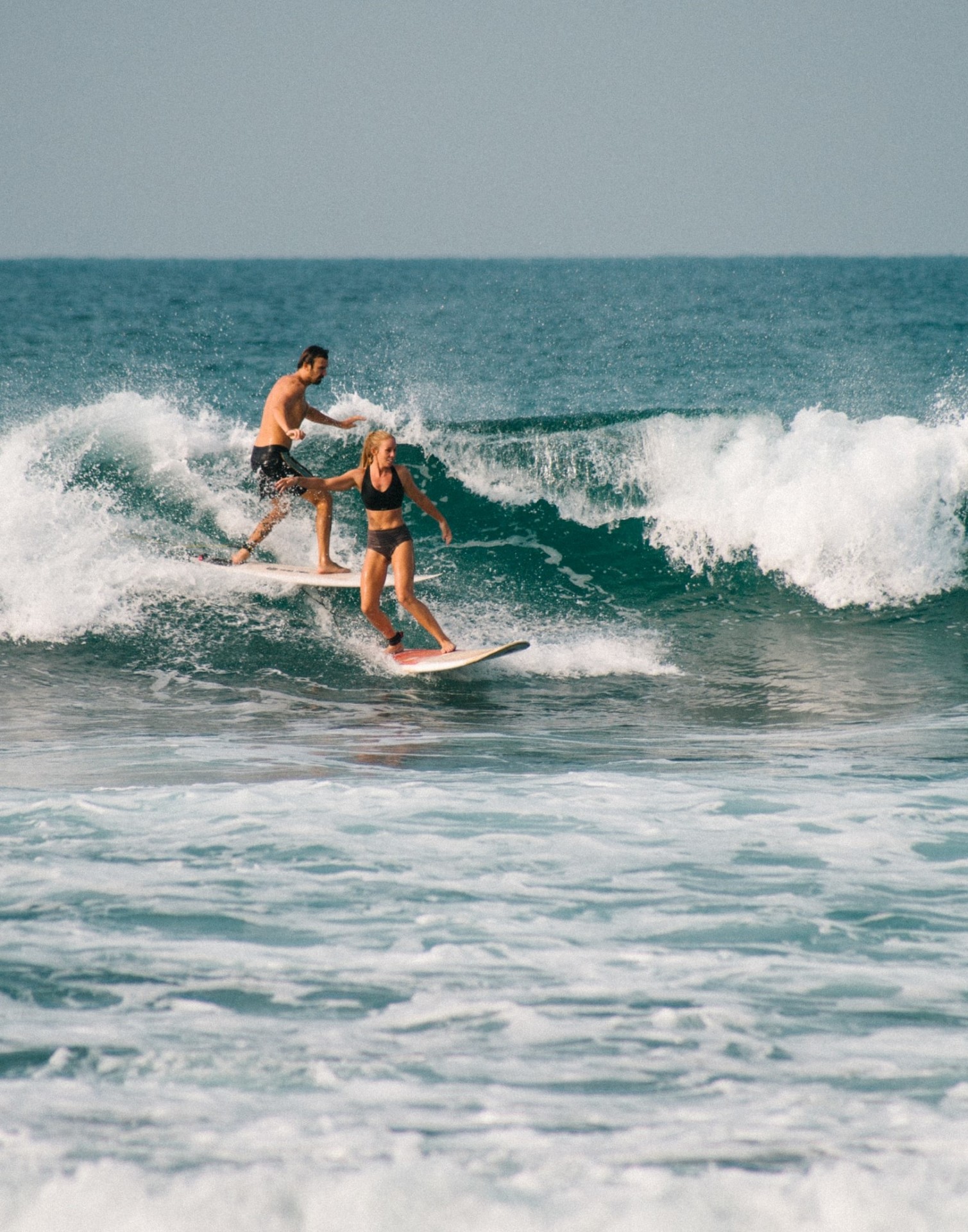
Do Surfers Run Into Each Other? 5 Common Reasons (+8 Tips)
-
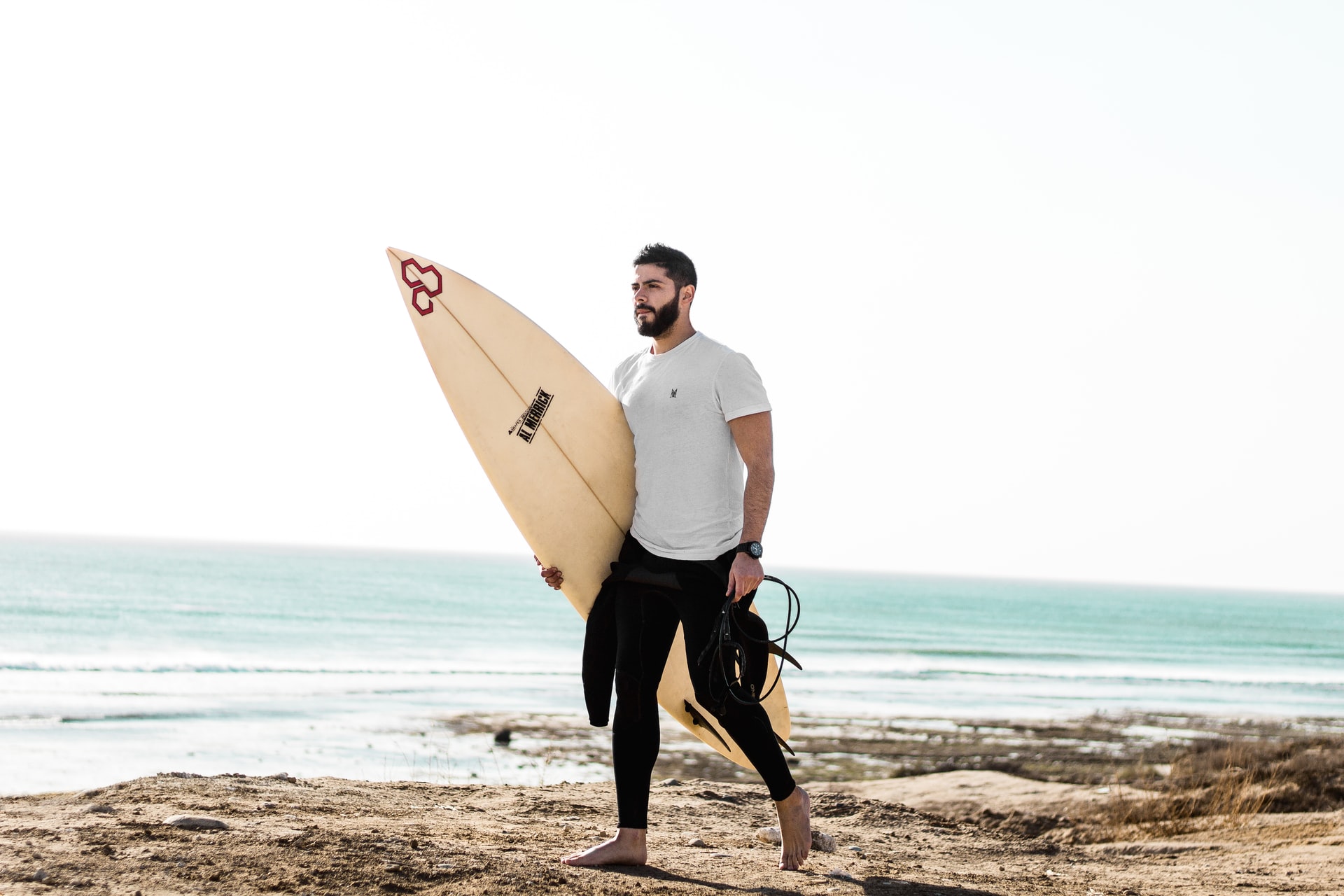
Do Surfers Have Beards? Pros & Cons You Should Know (+4 Tips)
-
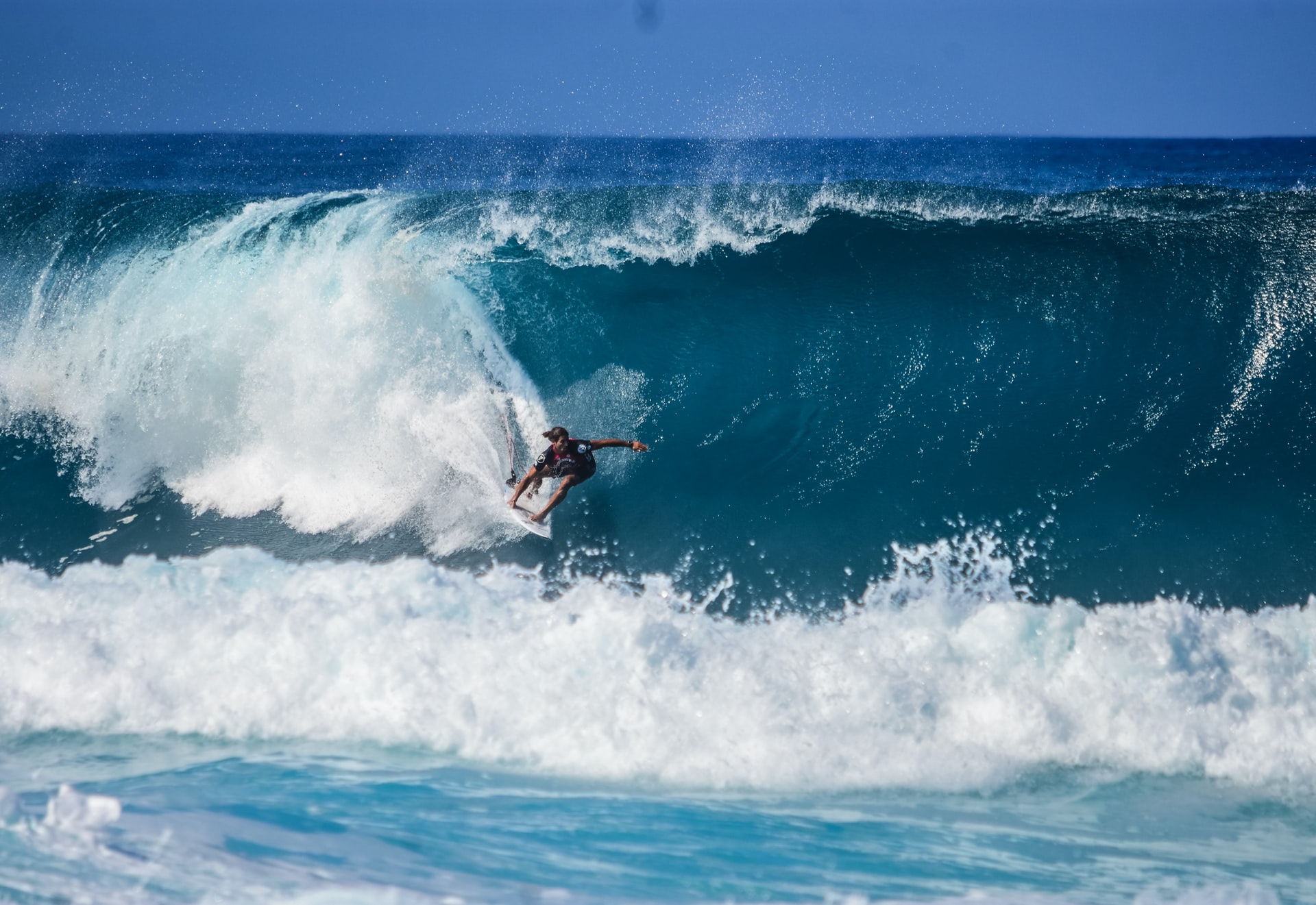
Do Surfers Like Constructive or Destructive Waves? (+Pros & Cons)
-
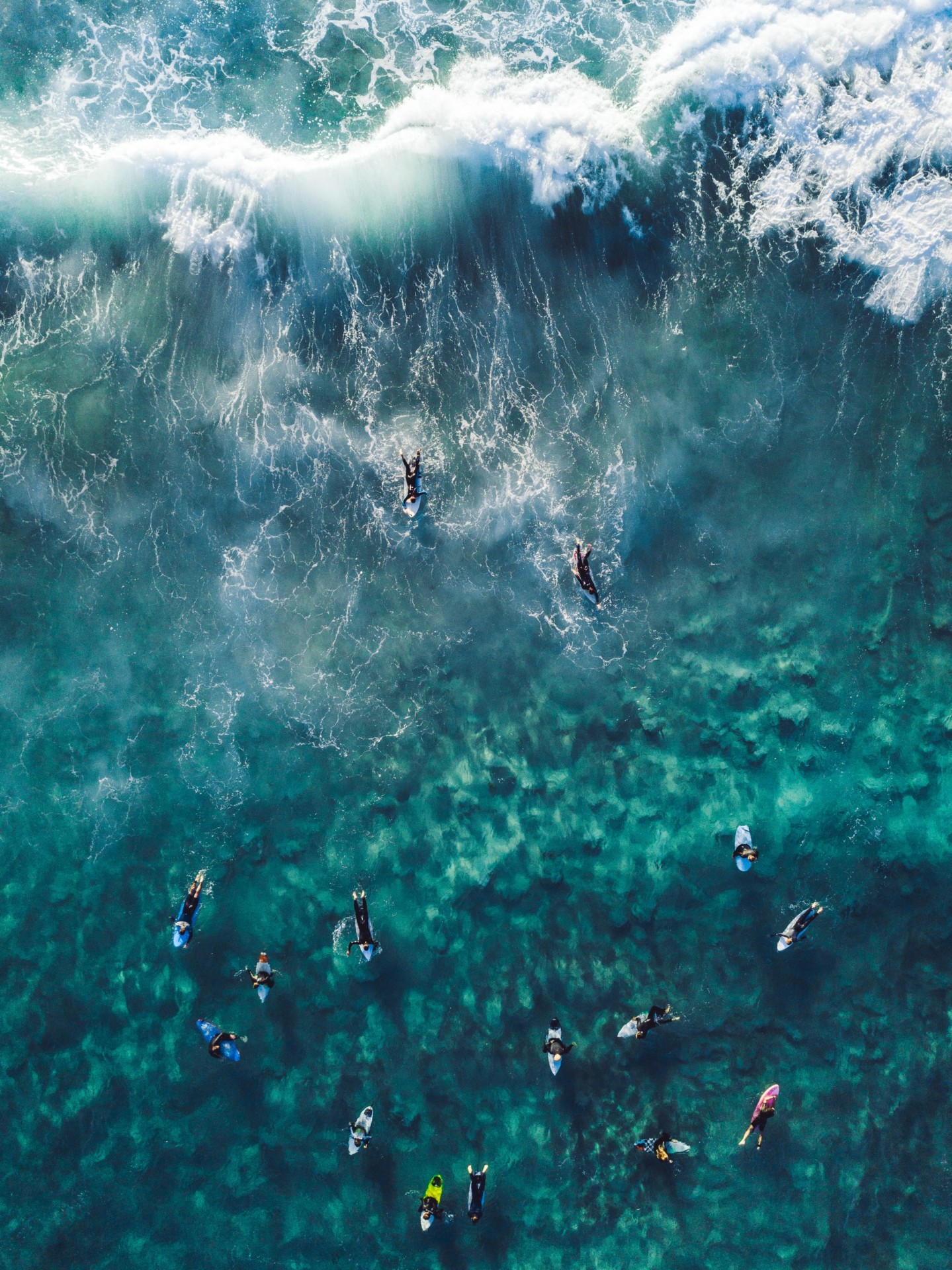
How to Surf Safely: 34 Crucial Tips (Every Surfer Should Know)
-
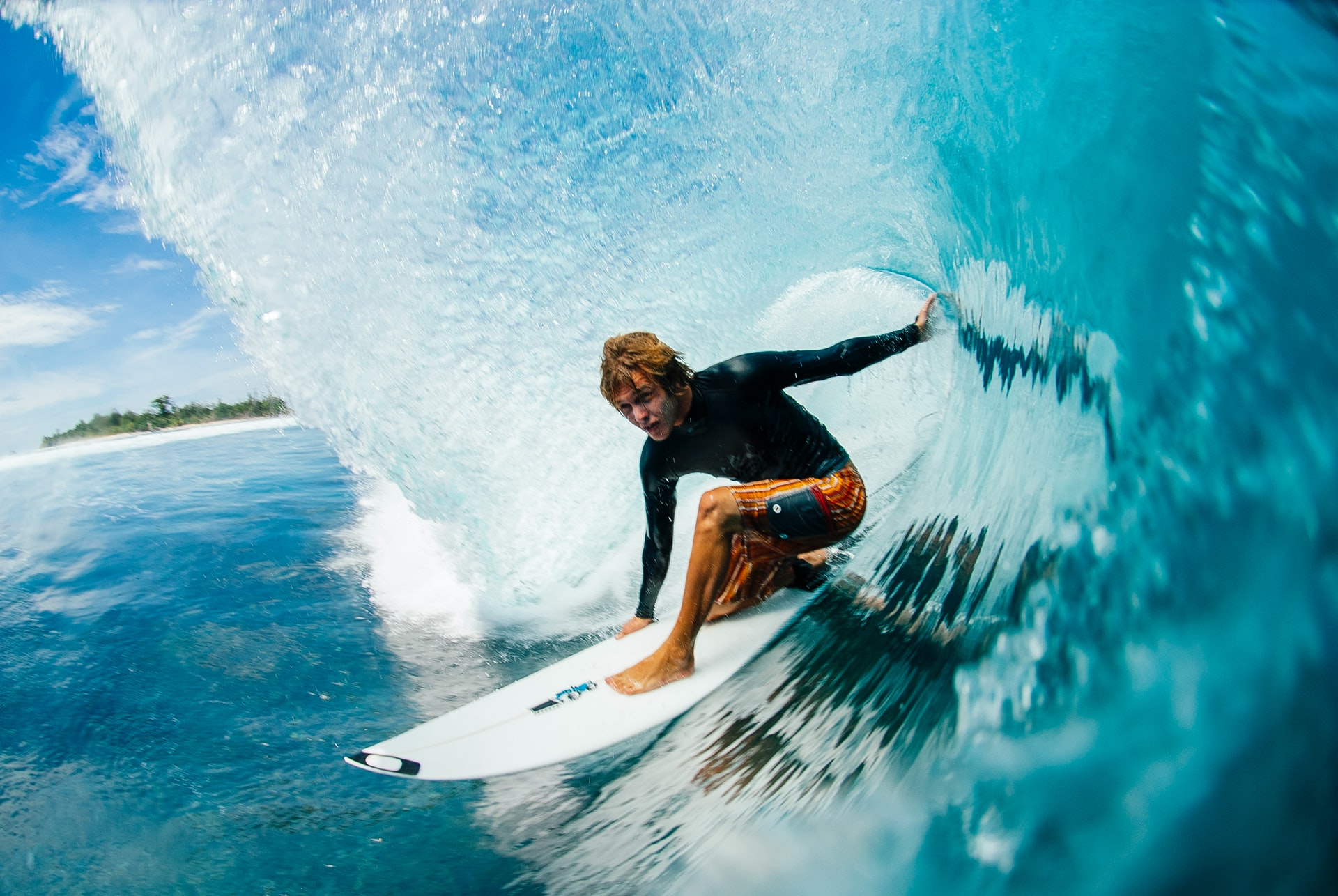
Do Pro Surfers Use Leashes? (+6 Reasons Why You Should Too)
-
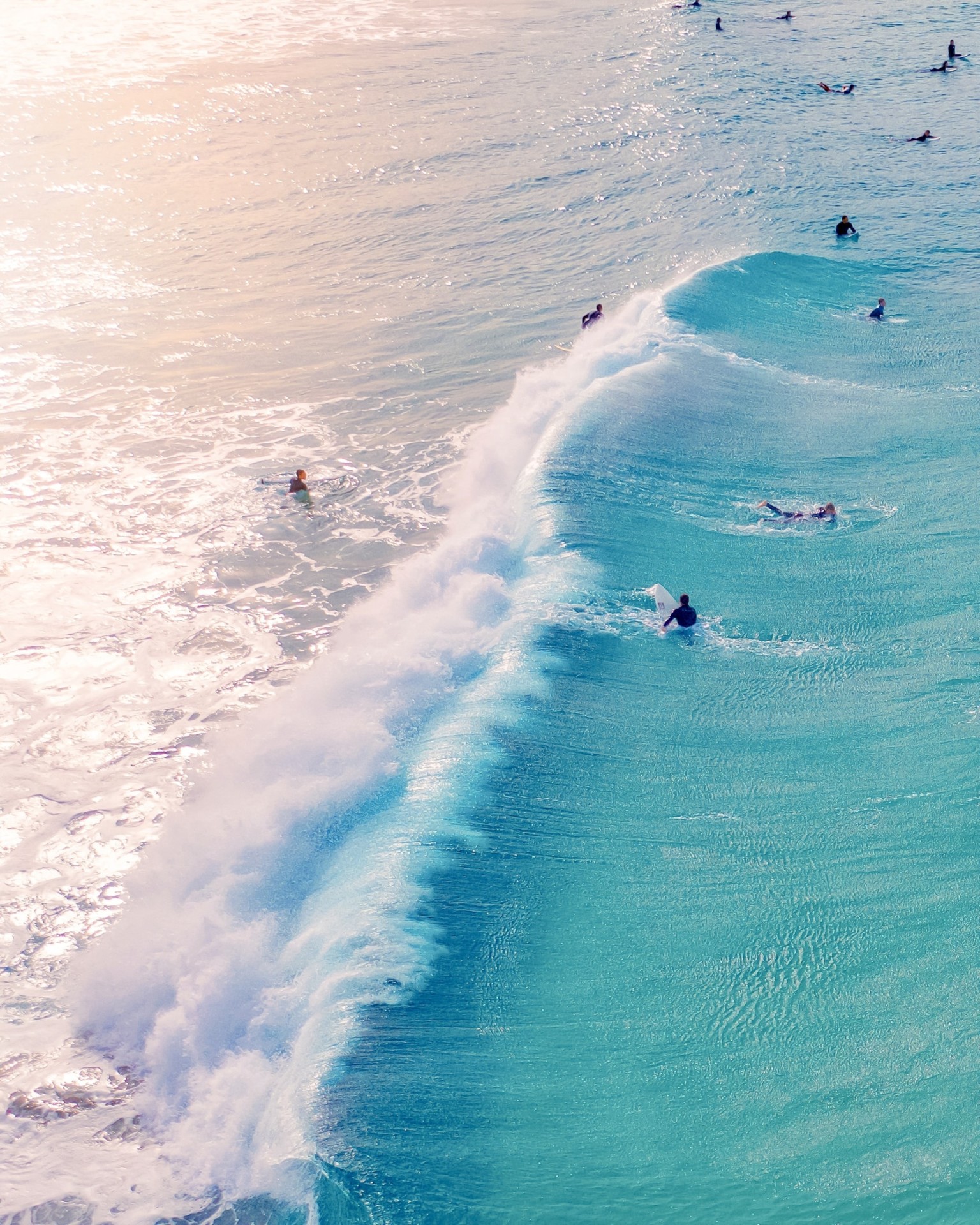
Do Many Surfers Drown? Here Are the Facts (+4 Common Reasons)
-
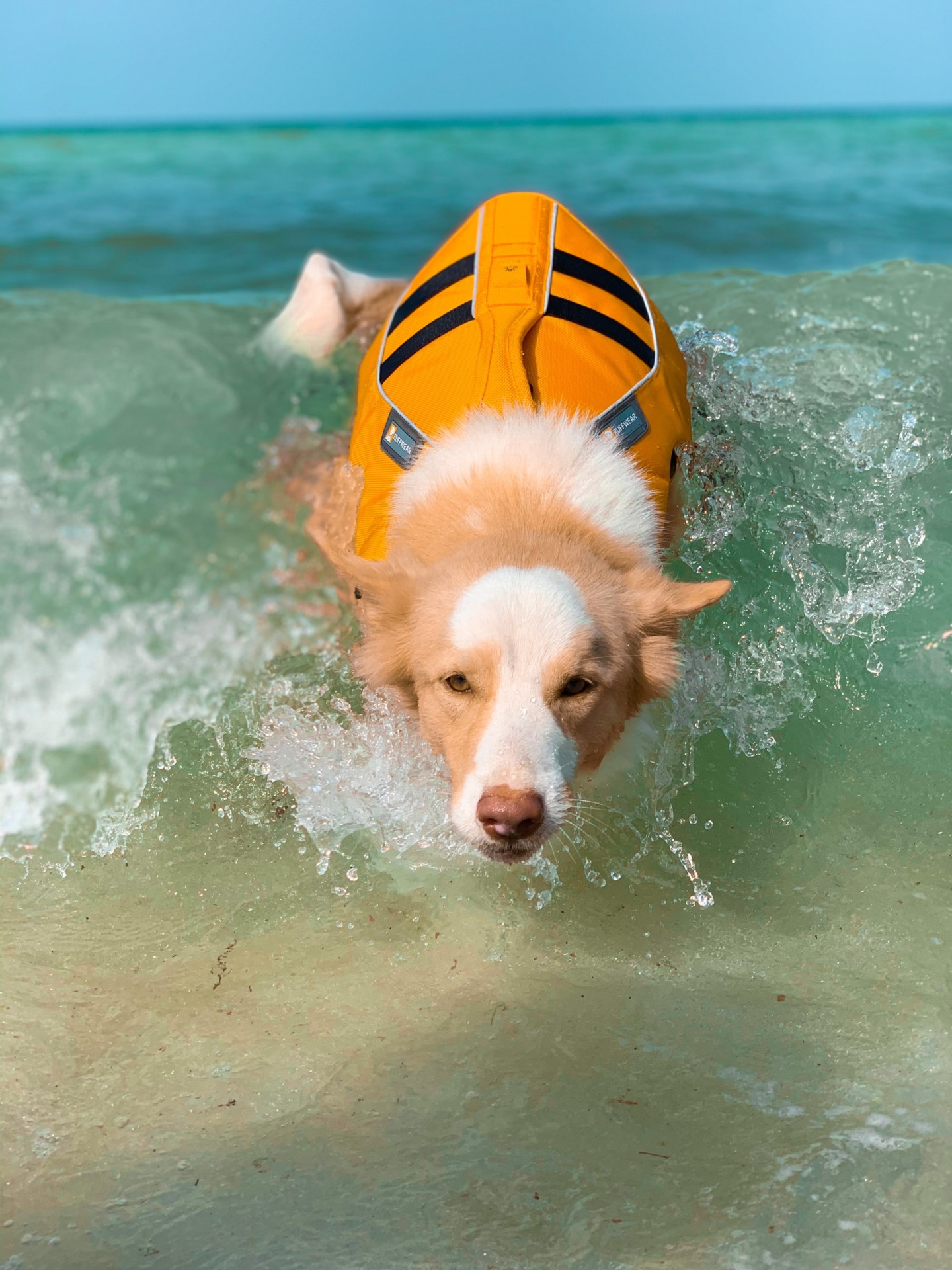
Do Surfers Wear Life Jackets? (7 Reasons Why They Don’t)
-
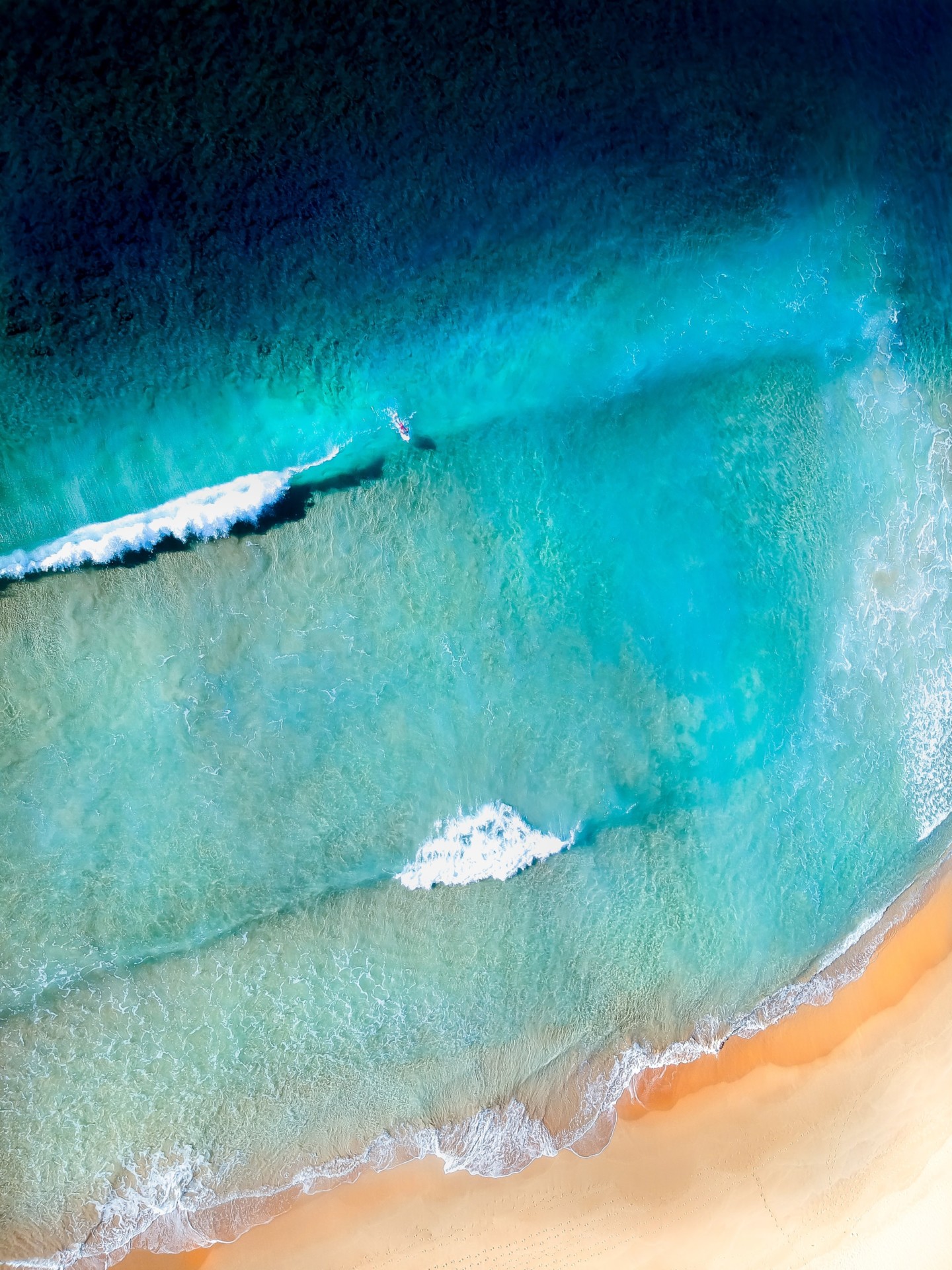
Do Surfers Like Rip Currents? (& How to Use Them Safely)

